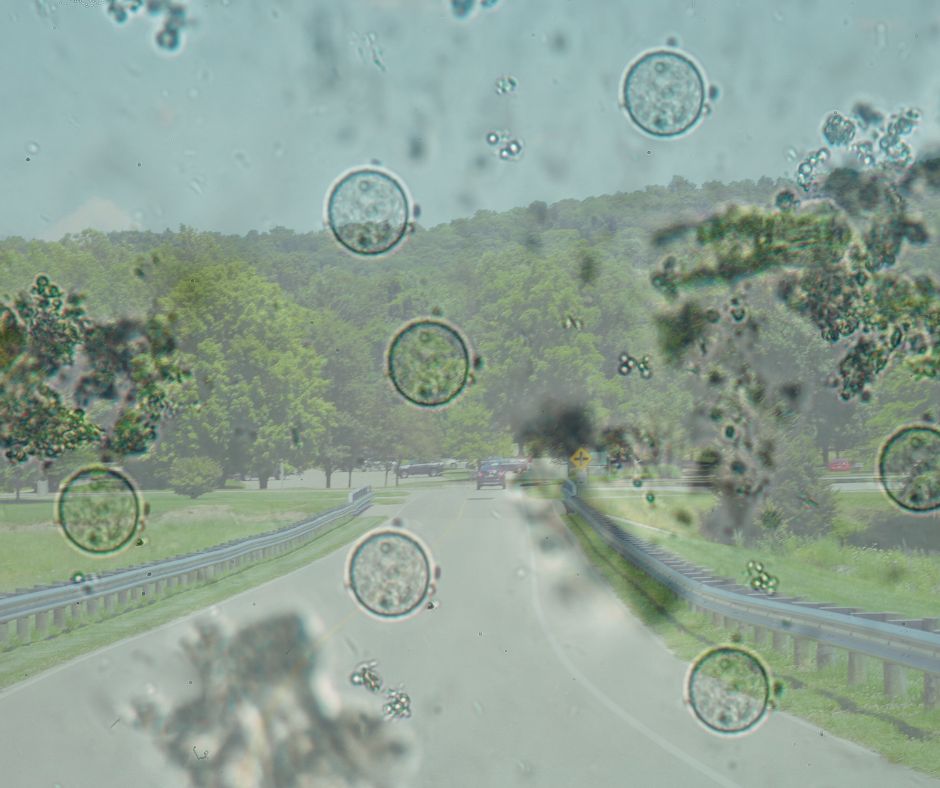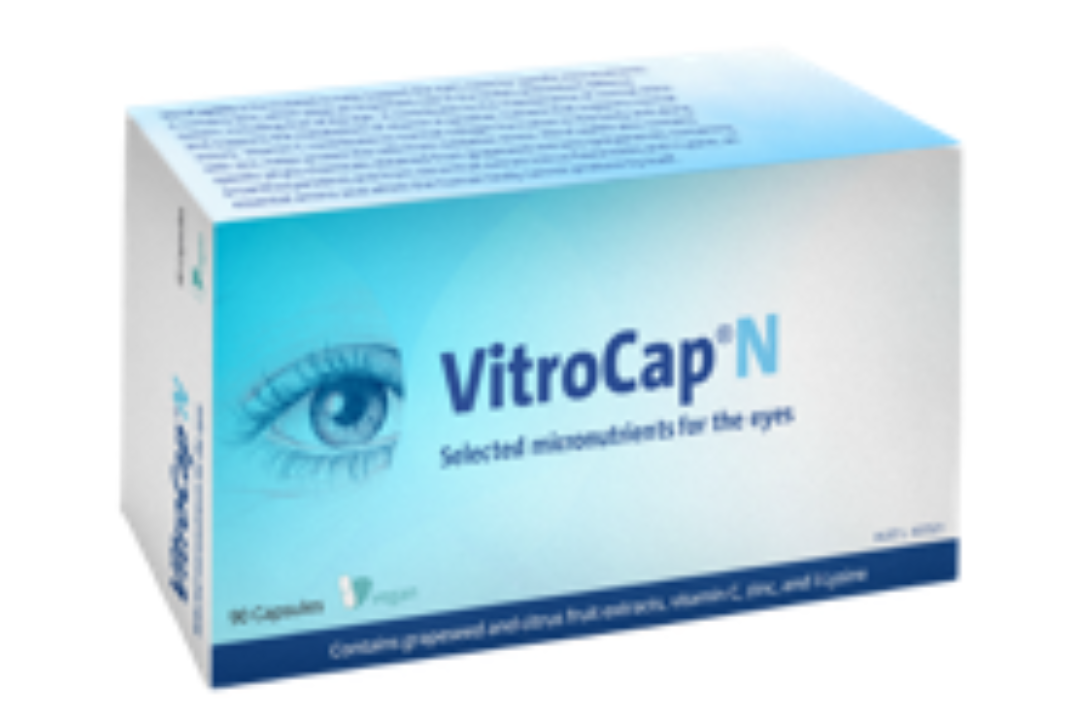VitroCap N is an innovative micronutrient supplement specifically formulated to bolster and optimise eye health, especially advantageous for individuals grappling with bothersome vitreous floaters. Extensive clinical studies have explored its promising benefits in alleviating the visual discomfort frequently associated with these floaters, making it a significant option for those in pursuit of relief.
Exploring the Nature of Eye Floaters: Causes and Their Impact on Vision
Eye floaters manifest as small, shadowy shapes that drift across your line of sight, often becoming more discernible against bright backgrounds. These visual anomalies result from alterations in the vitreous humor, the gel-like substance that fills our eyes. As we age, the vitreous humor undergoes liquefaction, leading to the formation of clumps of collagen fibers that cast shadows on the retina. While floaters are generally harmless, they can be quite distracting, potentially resulting in a considerable decline in one’s overall quality of life, adversely affecting daily tasks and overall well-being.

Unveiling the Key Ingredients of VitroCap N: An In-Depth Analysis
VitroCap N is a carefully crafted dietary supplement that boasts a unique combination of vital micronutrients, including L-lysine, vitamin C, zinc, grape seed extract, and citrus bioflavonoids. Each component has been meticulously chosen for its powerful antioxidant and antiglycation properties, which play a crucial role in maintaining the structural integrity and health of the vitreous body. By supporting the well-being of the vitreous humor, this supplement may assist in mitigating the effects of floaters, ultimately enhancing overall eye health and functionality.
Optimising Your Experience with VitroCap N: Recommended Usage
VitroCap N is specifically designed for adults experiencing persistent eye floaters. The suggested dosage is one capsule per day, with many users reporting noticeable improvements after several months of consistent use. As with any nutritional supplement, it is wise to consult an eye care professional before commencing, especially if you have pre-existing eye conditions or are currently on other medications. This precautionary measure ensures that incorporating VitroCap N into your health routine is both safe and beneficial.

Common Inquiries Regarding VitroCap N and Eye Floaters
Q: What is the typical timeframe for observing improvements with VitroCap N?
A: Clinical studies indicate that users can generally see improvements within six months of daily supplementation. This suggests that while results may take time, VitroCap N can serve as a gradual yet effective approach to managing floaters.
Q: Are there any known side effects associated with VitroCap N?
A: In general, VitroCap N is well-tolerated by the majority of users. Nevertheless, individuals should consult their healthcare provider to ensure that the supplement aligns with their specific health requirements and conditions.
Q: Is VitroCap N a substitute for other treatments for floaters?
A: While VitroCap N may assist in alleviating the visual discomfort linked to floaters, it should not be viewed as a replacement for medical treatments. It is always advisable to seek guidance from an eye care professional for a comprehensive approach to managing your eye health and addressing floaters.
Harnessing the Eye Health Advantages of VitroCap N
VitroCap N provides a non-invasive solution for addressing visual disturbances caused by eye floaters. Supported by clinical research, this supplement may prove to be an effective alternative for individuals seeking relief from this prevalent ocular condition. By incorporating this supplement into your daily regimen, you may experience enhanced visual clarity and overall eye comfort, significantly improving your quality of life.
For more insights and detailed information about VitroCap N, visit Eyes By Design.
In-Depth Resources: Citations and References
Wozniak, K., et al. (2015). The Role of Oxidative Stress and Glycation in the Pathogenesis of Vitreous Degeneration. Ophthalmic Research, 54(4), 196–204. https://doi.org/10.1159/000438745
Pinelli, P., et al. (2016). Floaters Reduction Efficacy of a Novel Antioxidant and Anti-Glycation Supplementation (FLIES Study). Journal of Ophthalmology. https://doi.org/10.1155/2016/8234203
Sebag, J. (2008). Anomalous Posterior Vitreous Detachment: A Unifying Concept in Vitreoretinal Disease. Graefe’s Archive for Clinical and Experimental Ophthalmology, 246(3), 329–332. https://doi.org/10.1007/s00417-007-0684-9
VitroCap N Official Product Overview. Vita Research GmbH. https://www.vitrocap.de
Shah, C. P., & Heier, J. S. (2010). YAG Laser Treatment of Vitreous Floaters: Clinical Efficacy and Safety Assessment. Retina, 30(1), 95–102. https://doi.org/10.1097/IAE.0b013e3181ad7bd4
The Floater Intervention Study (FLIES), a randomised, double-blind, placebo-controlled clinical trial, evaluated the effects of VitroCap N on individuals suffering from symptomatic vitreous floaters. Over six months, participants taking VitroCap N reported:Eye Floaters+10TVST+10ebiga-vision.com+10
- A notable decrease in areas of vitreous opacity.
- Improved contrast sensitivity.
- Enhanced vision-related quality of life.
These findings suggest that focused nutritional supplementation may effectively relieve the visual discomfort associated with floaters.
This article aims to improve awareness and knowledge surrounding general eye health topics.
It is not intended to serve as a replacement for professional medical advice, diagnosis, or treatment.
Always consult a health care professional before adding this into your health routine.
The Article: VitroCap N: Evidence-Based Insights on Reducing Eye Floaters first appeared on https://writebuff.com


I found the topic of vitreous floaters quite intriguing! I’ve noticed a few of my own floaters over the years, and while I understand they’re generally harmless, they can definitely be annoying, especially when trying to focus on something bright. It’s interesting how our eyes change as we age, yet many of us may not fully grasp the science behind it until we encounter these visual distractions ourselves.
It’s great to hear you’re interested in vitreous floaters. They can be quite the nuisance, especially during moments of focus, like when reading or in bright light. What’s fascinating is that these floaters are essentially tiny clumps of gel or cells within the vitreous humor—the clear gel that fills the eye. As we age, the vitreous can shrink and pull away from the retina, leading to those little distractions.